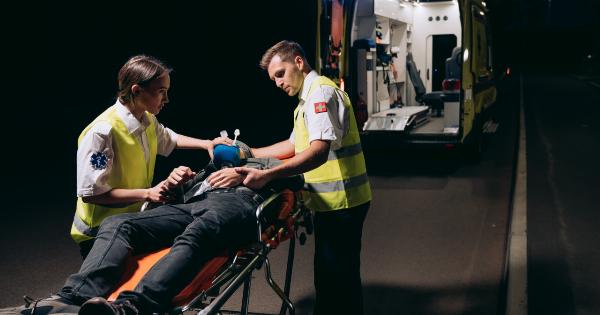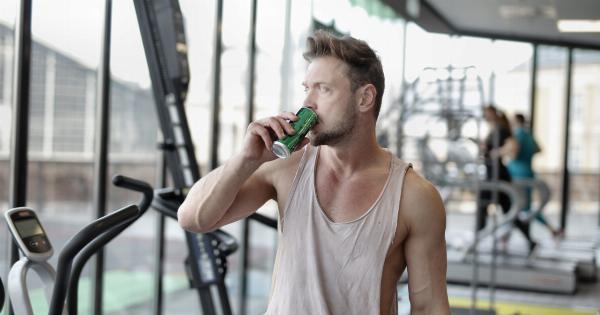Dehydration is the condition that occurs when the body is losing more fluids than it is taking in. It happens when the body has low fluid levels, resulting in multiple symptoms and in severe cases, leading to life-threatening complications.
Dehydration is often caused by diarrhea, vomiting, fever, and sweating. However, it can be prevented and treated with simple measures. This article will provide you with everything you need to know about treating dehydration.
Rehydration
The most effective way to treat dehydration is through rehydration. It can be done through oral or intravenous means. The choice of rehydration method is based on the severity of dehydration and the underlying cause.
Oral Rehydration Therapy (ORT)
Oral rehydration therapy involves taking fluids orally to replenish the lost fluids.
The fluids should contain the right electrolyte and sugar levels, including sodium, potassium, and glucose, to help replace the lost electrolytes and promote absorption.
There are various ways to make oral rehydration solutions, including buying premade ORT solutions, using over-the-counter oral rehydration salts (ORS), or homemade solutions with water, salt, and sugar.
ORS is a sugar and salt mixture that can be dissolved in water. It is the most effective among the alternatives and is available in pre-packaged sachets. If ORS is unavailable, a homemade solution can be made by mixing:.
- 6 teaspoons of sugar
- 1/2 teaspoon of salt
- 1 liter of clean water
The homemade solution should be sipped frequently throughout the day until the dehydrated person starts feeling better.
Intravenous Rehydration Therapy
Intravenous (IV) rehydration therapy is a method that delivers fluids directly into the bloodstream through an IV line. It is usually necessary for moderate to severe dehydration cases, where oral rehydration therapy is not enough.
The IV fluids contain water, sugar, electrolytes, and other essential nutrients required to replenish the body’s fluids. This method is performed by a healthcare professional and is done in a hospital or healthcare setting.
Symptom Relief
When suffering from dehydration, some symptoms can be quite distressing, including headache, nausea, and muscle cramps. Fortunately, some measures can help relieve these symptoms while waiting for rehydration methods to take effect.
Headache
Headache is a common symptom of dehydration, and over-the-counter pain relievers can help relieve the discomfort. Aspirin and ibuprofen can irritate the stomach, so acetaminophen is the recommended alternative.
Nausea
Nausea is a common symptom in cases of dehydration. It can be relieved by taking anti-nausea medications, including OTC or prescription drugs. In mild cases, home remedies such as ginger can help reduce nausea.
Muscle cramps
Muscle cramps are common when dehydrated. They can be relieved by massaging the affected muscles, applying heat, or taking OTC pain relief.
Prevention
Preventing dehydration is easier than treating it. Follow these simple measures to avoid dehydration:.
- Stay hydrated by drinking enough fluids throughout the day.
- Avoid drinking fluids that cause dehydration like caffeinated drinks and alcohol.
- During intense physical activities, drink enough fluids or consume electrolyte-rich drinks, such as sports drinks.
- Eat foods that have high water content like fruits and vegetables.
- Wear lightweight and light-colored clothes during hot weather.
- Avoid activities that can cause excessive sweating in hot weather.
- Take breaks frequently in hot environments, rest in a cool environment, and drink fluids.
Conclusion
Dehydration can be a severe health condition, but it is treatable and preventable. Rehydration is the most effective and efficient method of treating dehydration.
ORT is the recommended method for mild to moderate cases, while IV rehydration is used for severe cases where oral rehydration is not effective. Preventing dehydration is easier than treating it and should be taken seriously to avoid severe complications.






























